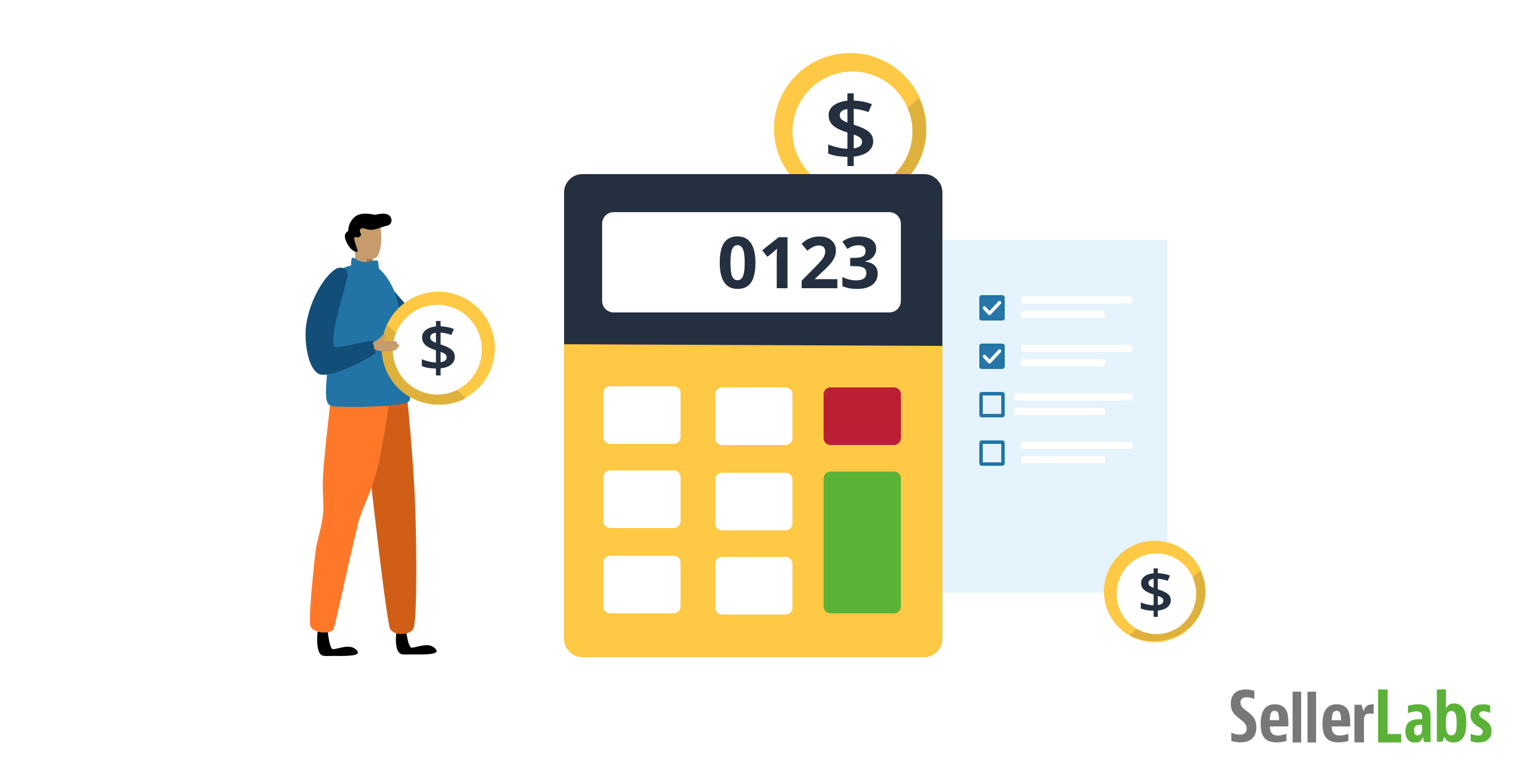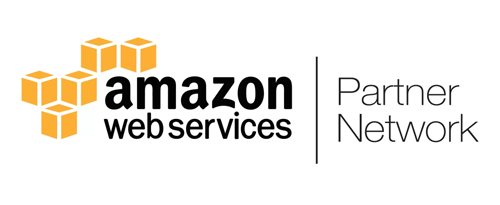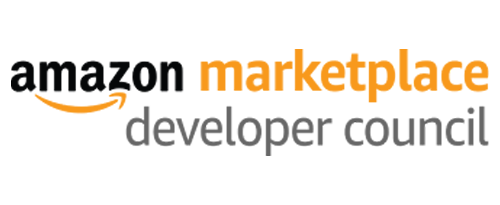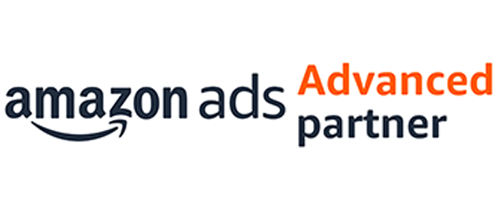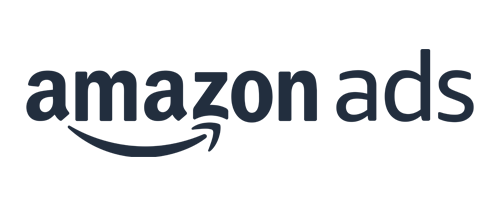With a market cap of $1.6 trillion, Amazon didn’t become an eCommerce giant by giving away freebies. Everything you do as a seller on the platform comes with a price tag. Oftentimes this price tag varies by a multitude of factors, making your final operating costs confusing at best.
The cost to sell on Amazon depends on your selling plan, product category, fulfillment strategy, and other variables.
This yields the question, is selling on Amazon even worth it?
The short answer? It depends.
How Much Does it Cost to Sell on Amazon?
Below, you’ll find an in-depth description of Amazon’s pricing structure for sellers. The final price will vary depending on four main fee categories:
1. Selling Plans
2. Fulfillment Fees
3. Referral Fees
4. Other Costs
Don’t get too discouraged. You’ve got a choice of which path to take at each step of the way. So get out a piece of paper and a pencil, and let’s start tallying how much it costs to sell on Amazon.
Selling Plans
TL;DR: Amazon has two primary plans for sellers: individual and professional. Individual memberships cost nothing but come with a $0.99 fee per product sold. Professional Accounts cost a flat monthly rate of $39.00.
The first cost you’ll have to consider is the type of selling plan. Whether you choose individual or professional depends on your stage of growth, and how much you intend to sell. You can always start with an individual plan and upgrade to the professional plan, without losing your data. There is also a Vendor program, available to select merchants by invitation.
1. Individual

Individual plans cost $0.99 per unit sold, plus additional fees. This fee structure is best for new sellers who sell fewer than 40 units per month. If you’re experimenting with different products, or, if you don’t plan to use advanced selling tools, this plan may be for you.
If you’re certain that you want the individual plan, the next thing you’ll need to calculate is fulfillment fees.
Included features:
- Add new products to your inventory
- Access Fulfilment by Amazon (FBA)
2. Professional

Professional plans, on the other hand, cost a flat fee of $39.99 per month. This fee structure is best for individuals or companies that sell more than 40 units every thirty days.The professional plan also allows you to qualify for top placement on product detail pages.If you’d like to advertise, use Amazon reporting, or sell in restricted categories, sign up for this plan.
Keep in mind that the flat fee does not cover shipping costs, referral fees, or additional services. Read on to calculate the total fees for an Amazon seller in your category.
Pro Tip:
At the beginning, the cost of a professional account may not make sense but it’s an investment in your business’ future.
Included Features:
- Add new products to your inventory
- Access Fulfilment by Amazon (FBA)
- Apply to sell in restricted categories
- Create bulk listings using APIs
- Manage inventory with spreadsheets and advanced reporting
- Set your own shipping fees for non-media products
- Access Amazon Advertising tools
- Run promotions & deals, including free shipping
- Log in to your account with multiple users
Fulfillment Fees
TL;DR: Fulfillment fees include the cost to warehouse, pack, handle, and ship your products. The price by the unit is based on the weight and size of the package and may be covered by Amazon or the merchant.
If you were an Amazon customer before you were an Amazon seller, you probably imagined that a tiny delivery fairy wrapped your package in swaddling cloth and dropped it off on your doorstep 12 – 36 hours later. To be fair, such a thing exists, but they’re called drones, not fairies, and they are certainly not free.
You’ve got to pick whether to fulfill your orders yourself or to utilize the “Fulfilled by Amazon” program.
1. Fulfillment by Seller (Formerly Known as FBM or Merchant Fulfilled)

TL;DR: By fulfilling orders yourself, you’ll receive a shipping credit from Amazon that matches the shipping rates selected by the customer.
Because Amazon sets FBA rates based on size, dimension, and weight, seller fulfillment is perfect for products that are particularly large, heavy, or sensitive to weather conditions. The amount of your shipping credit and the delivery options available to your customers will vary based on your plan type.
Individual Plan Sellers
Those with an individual plan must use Amazon’s set shipping rates for all products, even if the total cost to ship is more than your shipping credit. Because you may lose money on shipping, be sure to price items so that you still earn a profit. The table of available delivery options and prices are below.
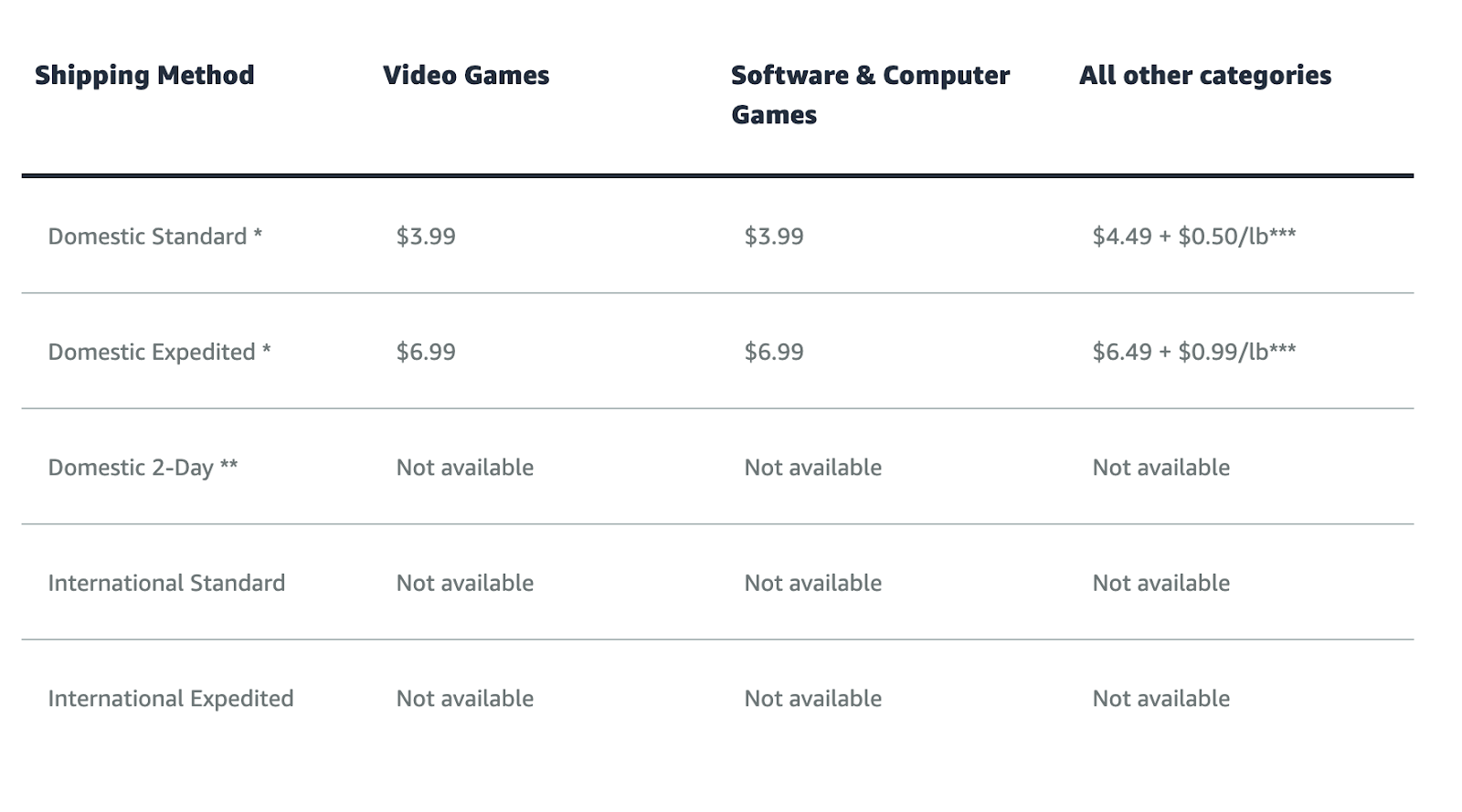
Professional Plan Sellers
Sellers with a professional plan may set their own shipping rates (except for select media items such as books, music, video, and DVD products, as shown in the table below). When a customer buys your product, they select their delivery method and you receive a credit from Amazon that matches the shipping rate.
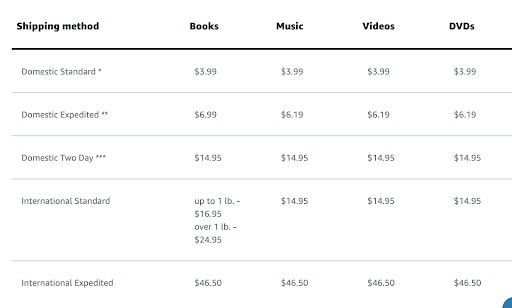
2. Fulfillment by Amazon (FBA)

As an Amazon expert, you’re already familiar with FBA, but you probably haven’t memorized the pricing structure. We’ve got your cheat sheet here.
This section is lengthy, so if you’re an FBM seller, skip to the Referral Fees below.
Clothing costs more to ship per-unit than other products, so it has its own pricing structure. All other categories follow the below table:
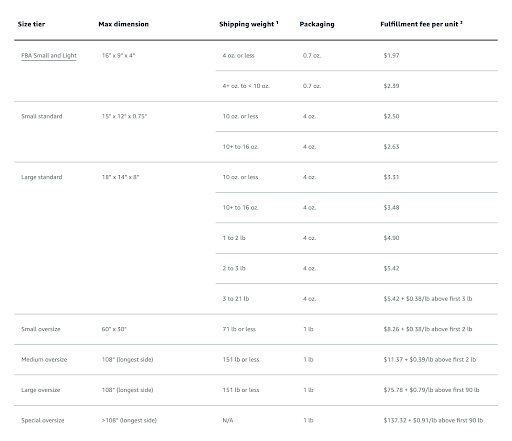
In addition to the cost to fulfill units, Amazon charges FBA sellers a fee for the storage of items, optional services, and additional fees.
Storage Fees
A storage fee applies to all FBA sellers with items stored in its fulfillment centers. The cost is based on the daily average volume of your inventory once packaged and ready to ship.
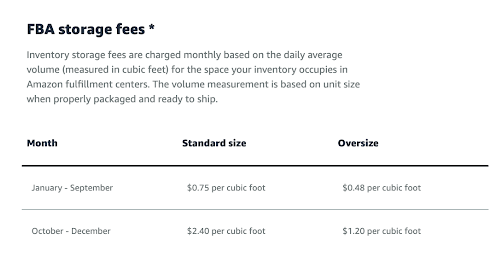
Optional FBA Services
If you’re looking for convenience, FBA is the way to go. Amazon handles all the customer service on shipping and returns. If you’ve got the budget and you’re looking for more convenience, consider the following FBA programs for an extra fee.
- FBA Small and Light
- Subscribe & Save for FBA
- FBA Dangerous Goods
- Multi-Channel Fulfillment
- FBA Export
- Inventory placement service
- Amazon-partnered carrier program
All of these services come at a cost, but they do save time and lead to a better experience for your customers. If you don’t have the budget, use these tips to save money on Amazon FBA shipping.
Additional FBA Fees
Additional Long-Term Storage Fees (LTSFs) will apply for products classified as dangerous goods, and for goods stored long-term. Unlike most Amazon fees, LTSFs are avoidable. Here are some tips to beat long term storage fees, but you should keep an eye out for other fees such as:
- Removal order fees: When Amazon disposes of your inventory or returns it to you, you are charged a per-item fee.
- Returns processing fees: Amazon offers free return shipping for most orders. Free for the customer, but not for the sellers.
- Unplanned service fees: When your inventory arrives at a fulfillment center and needs additional handling, a per-item fee applies.
Pro Tip:
The only guaranteed way to avoid FBA fees is to ship your orders yourself, but that comes with additional costs. Make sure to price your products so that you make a profit, no matter your shipping method.
Referral Fees
TL;DR: Referral Fees are the per-unit cost that Amazon charges the seller with each sale. Most referral fees are 15% of the final product price, but the percentage varies by category.
We admit, sellers hate all these extra fees and hidden costs. Referral fees, in particular, get a bad rap by cutting into profit, seemingly without leading to any more sales. However, referral fees have a lot of hidden value.
Imagine an oral surgeon; let’s call him Doc Brown. No patient gets a toothache and goes straight to Doc Brown – they go to their local dentist. The dentist determines that a dental implant is necessary. At this point, the dentist refers the patient to Doc Brown.
If our friend, Doc Brown, were to wait around in his office, hoping that customers would show up on his doorstep, he would be a very poor doctor. However, Doc Brown pays a referral fee to the dentists that bring him clients, maximizing the number of potential business he receives.
The way shoppers find products online is similar. Nobody needs a flashlight and goes straight to flashlight.com. They go to a trusted platform like Amazon, and type in the search term “flashlight”. As an Amazon seller, you pay for access to the 200 million people that shop on Amazon per month.
Referral fees vary by category, but they can be as low as 3% for Watches, and as high as 45% for Amazon Device Accessories.
Note that this referral fee is calculated based on the final sale price, including item price, shipping costs, and any gift wrapping charges.
Other Costs
Have you been tallying how much it will cost you to sell on Amazon? So far, you’ve got the cost of a selling plan, fulfillment costs, storage fees, and referral fees.
Well, you’re not done yet. Take a look at the following fees that Amazon may tack on to your bill.
- Rental book service fees: If rent textbook rentals, expect to pay a fee of $5.00 for each rental.
- High-volume listing fees: When you have a high volume of active, non-media listings that have not sold in 12 months, Amazon charges a monthly fee of $0.005 per eligible listing to cover cataloging costs. This fee is waived for your first 100,000 listings.
Amazon typically pays sellers every 14+ days. But, what happens if you need your money sooner to reinvest in inventory, marketing, fulfillment, or other expenses? What happens if Amazon holds back your funds for even longer in an Account Level Reserve (formerly known as an Unavailable Balance)?
Luckily, there are funding solutions designed for the unique needs of Amazon sellers and eCommerce businesses. Providers such as Payability, Kabbage, and Amazon itself offer funding as soon as the next business day. Approval is based on account health and sales performance, without credit checks, hidden fees, or complicated paperwork.
So – Is It Worth It to Sell on Amazon?
Let’s face it: it costs a pretty penny to sell on Amazon. As a small brand or as a big enterprise, you may consider cutting out the middleman and selling directly to your customers. That seems like less out of your bottom line, and more profits, right?
Before you abandon the largest E-commerce marketplace in the world, stop and think about your customers’ buying journey. What are their purchase drivers? Where do they look for products?
Even if your customers would rather not buy on Amazon, they are likely shopping on the platform. Most Amazon shoppers are extremely loyal, often going to Amazon to check prices before buying an item in a brick-and-mortar store.
As a business owner, you should consider the cost of leaving this marketplace just as carefully as you consider the cost of entering.

